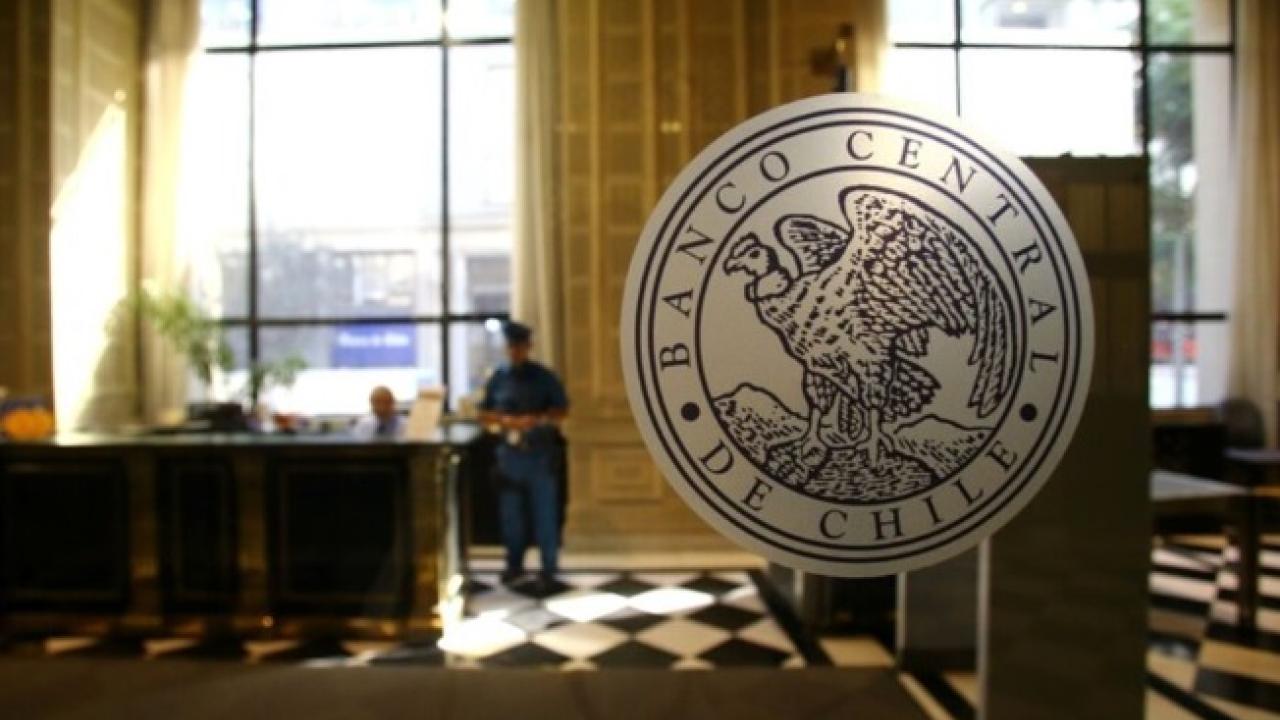
At its Monetary Policy Meeting, the Council of the Central Bank of Chile agreed to reduce the monetary policy interest rate by 75 basis points. The decision was adopted unanimously by its members. Tomorrow the Monetary Policy Index will be known.
The local economy has closed the significant macroeconomic imbalances of previous years, inflation has had a rapid decline and is at levels closer to 3%, at the same time that inflation expectations are aligned with the goal. However, the rise in inflationary figures at the beginning of the year and the greater pressures on imported costs emphasize the need to continue closely monitoring its evolution.
"To the extent that the shocks that affect inflation are transitory, the monetary policy framework based on a two-year target allows them to be accommodated within the policy horizon without putting at risk
inflationary convergence
This is how the Chilean Central Bank justified its 75 basis point reduction in the monetary policy interest rate to leave it at 6.5%, in its most recent Monetary Policy Meeting (RPM).
This reduction "is a positive and prudent signal. Positive because it presents a scenario of control over inflation and incentive for economic activity. And prudent because the cut is in line with expectations and to continuing to analyze the behavior of the economy, both national and international in the coming months," indicated Daniel Pardo, CEO of the Chilean fintech WBuild.
The decision, adopted unanimously by its members, is based on internal and external elements.
Internally, the Chilean financial market has been affected by both market trends and global as well as the recent behavior of local inflation. Since the last Meeting, short- and long-term rates have risen, the peso has depreciated and the stock market has increased. Regarding credit, interest rates on loans, especially commercial loans, have continued to reflect the transmission of the declines in the MPR. Mortgage rates, more linked to long-term rates, remain high.
"Delinquency has grown in all portfolios," says the Central Bank statement.
At the international level, the entity highlighted that global inflation has continued to decrease, although there are risks associated with the increase in costs - mainly transportation and fuel - and the persistence of high levels of service inflation.
The US stands out, whose inflation in recent months has shown figures somewhat higher than expected, thanks to an economy that has remained resilient, supported by the solidity of the labor market and private consumption.
This occurs in a scenario in which activity in the rest of the world shows prospects that remain moderate, although with some signs of recovery at the margin. Market expectations indicate that the start of interest rate cuts in the US would be postponed, in a context in which the Federal Reserve has shown a somewhat more cautious stance. Compared to the January Meeting, long-term interest rates rose in several economies and stock markets have increased. The dollar, although with fluctuations, has
strengthened somewhat. Regarding raw materials, both the price of oil and copper have increased
Data from the end of 2023 and beginning of 2024 show a counterpoint between somewhat better than expected activity and weaker demand. The 2023 National Accounts showed that consumption performed below expectations throughout the year and that investment fell significantly in the second half, particularly in its tradable components.
PERFORMANCE OF THE ECONOMY
So far in 2024, Imacec data has shown growth above expectations. This is mainly associated with supply factors and a greater external impulse, although services also had an impact. The labor market remains consistent with the trajectory of the cycle. Employment and labor participation have continued to gradually improve. The unemployment rate remains somewhat above its historical average. The economic expectations of households and companies have improved slightly so far this year, although
They remain on pessimistic ground.
Inflation in January and February exceeded expectations, which increased the annual variation of the CPI – spliced reference series – to 3.6% (3.2% in January). Among other factors, this evolution responded to the depreciation of the exchange rate, increases in external prices and readjustments of some local prices. The annual variation of the underlying measurement ─without volatiles─ fell to 4.2% annually (4.3% in January). Regarding inflation expectations in the two years, both the Economic Expectations Survey (EEE) and the Financial Operators Survey (EOF) are located at 3%.
The local economy has closed the significant macroeconomic imbalances of previous years, inflation has had a rapid decline and is at levels closer to 3%, at the same time that inflation expectations are aligned with the goal. However, the rise in inflationary figures at the beginning of the year and the greater pressures on imported costs emphasize the need to continue closely monitoring its evolution.
To the extent that the shocks that affect inflation are transitory, the monetary policy framework based on a two-year target allows them to be accommodated within the policy horizon without putting them at risk.
inflationary convergence.
Thus, the Council foresees that, in line with the central scenario of the March Report, the MPR will continue
reducing. The magnitude and timing of the MPR reduction process will take into account the evolution of the macroeconomic scenario and its implications for the trajectory of inflation.
The Report that will be published on Wednesday, April 3, contains the details of the central scenario, the sensitivities and risks surrounding it and its implications for the future evolution of the MPR.









